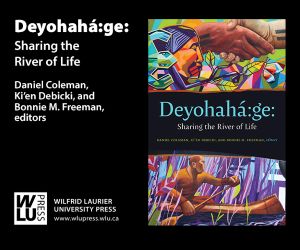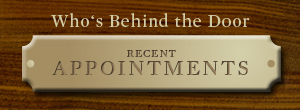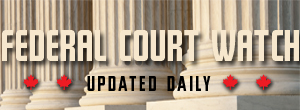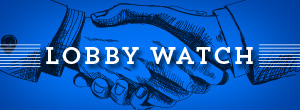John Diefenbaker was a folk hero whose very commonness was heroic. Historian Bob Plamondon captures this beautifully. Diefenbaker first held public office as a town councillor in Wakaw, Sask. His favourite pastime was fishing. Making small talk with Pope John XXIII, Diefenbaker asked: “How does it feel to be Pope anyhow?”
“He held the highest office in the land yet he instinctively mistrusted authority, the rich, the powerful, and even some members of his cabinet,” writes Plamondon. As Prime Minister he insisted on sending rent cheques to the treasury, $5,000 a year, for the privilege of living at 24 Sussex Drive.
Diefenbaker was a man of the Prairies, the most egalitarian society on Earth. There was no aristocracy in Wakaw or Oyen or Crystal City. He ranked 7th of 39 candidates on the 1919 Saskatchewan bar exam. “He had no blue chip clients in his roster,” notes Plamondon.
Freedom Fighter is pure Canadiana, smartly written and evocative. Plamondon recounts the Diefenbaker story, big and small. As Prime Minister in 1959 he reversed a departmental order to cull 250 ponies on Sable Island. What harm did the ponies ever do?
“Diefenbaker was a charismatic leader with a deep connection to ordinary Canadians,” writes Plamondon. “He said he never campaigned; rather, he continuously visited the people.”
He was a folk hero to Senator Hugh Segal, a poor boy from Montréal who was mesmerized when Diefenbaker spoke at his school. “The family table we call Canada is the finest table in the world,” said Diefenbaker. “There is space and food for all.”
He was a folk hero to Harry Narine Singh, the Trinidadian plaintiff in a landmark 1955 Supreme Court case against race-based immigration quotas. Narine Singh to the end of his days recalled a chance meeting with the man: “He shook my hand. He said, ‘My name is John Diefenbaker.’ I said, ‘Yes, sir, I know your name.’ He said, ‘Do you know I have argued your case in Parliament? Trust me.’”
All Diefenbaker’s instincts were heroic. The fact Black immigrants qualify for Canadian citizenship, and Indigenous Canadians have the vote, and Jews can serve as Bank of Canada governor, are not gifts that fell from the sky. Diefenbaker did that. “Diefenbaker was sensitive to discrimination in any form,” writes Plamondon.
Of course the story has a beginning, a middle and an end. Waging his last campaign as Prime Minister in 1963, “Diefenbaker lost the most seats in the big cities and affluent neighbourhoods, winning only 1 of 39 seats in Montréal and Toronto,” notes Plamondon.
When he died at 83 they carried him home by funeral train. There are Prairie residents who still recall the farmers and townspeople who clustered along the fence lines to watch the locomotive pass.
Jean Chretien first met Diefenbaker in 1963 and writes in a forward to Freedom Fighter: “We were both small town lawyers with a deep connection to ordinary Canadians. That may be why we were often underestimated.”
Yes, that’s it exactly.
By Holly Doan
Freedom Fighter: John Diefenbaker’s Battle For Canadian Liberties And Independence, by Bob Plamondon; Aristotle Foundation for Public Policy; 350 pages; ISBN 9781-06925-4504; $30








